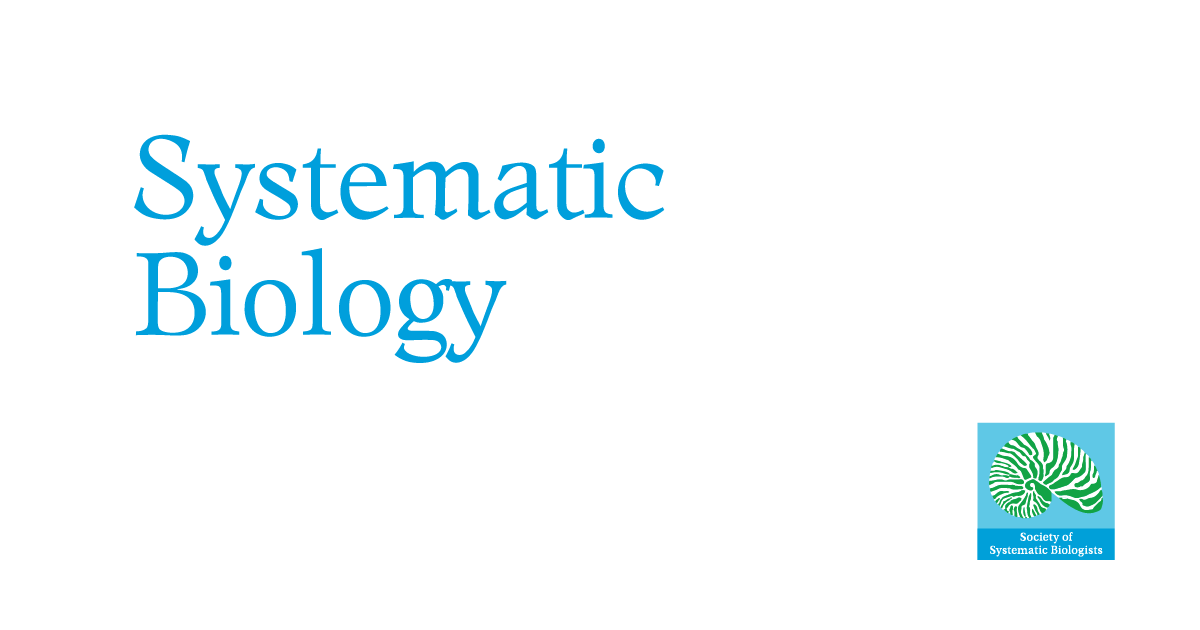Is the Purple-naped Sunbird really a Spiderhunter ? :
https://gala.gre.ac.uk/id/eprint/44...urple-naped_Sunbird_really_a_Spiderhunter.pdf
Bizarrely, Robert Cheke attributes the specific name to the author of the replacement generic name:
The Purple-naped Sunbird was until recently known scientifically as Hypogramma hypogrammicum (Müller 1843) but its generic name was pre-occupied by a moth, so the sunbird’s name is now Kurochkinegramma hypogrammicum Kashin 1978.






